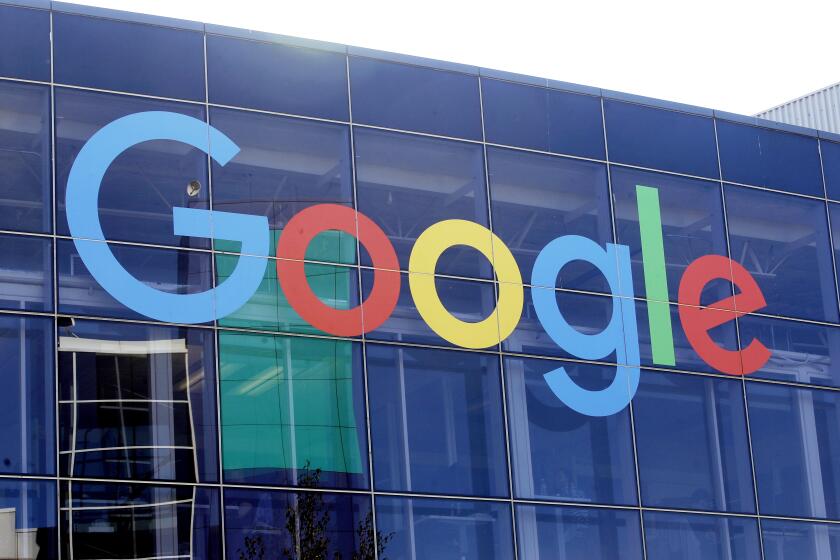The Well-Off and Healthy Get a Cynical Free Ride : Health care: Government, reneging on its responsibility, is forcing hospitals to lean on privately insured patients to pay for the indigent.
- Share via
The Supreme Court decision holding that hospitals have a right to “reasonable and adequate” payment under Medicaid (in California, Medi-Cal) could benefit academic medical centers, and it is likely to be a significant victory for the poor.
Academic medical centers nationally treat disproportionately high numbers of indigent patients. In 1987, their teaching hospitals accounted for 34% of Medicaid-reimbursed discharges, with 14% of their gross revenues derived from the government program. The hospitals also accounted for $2.1 billion, or 59%, of all “charity care”--that is, care of individuals unable to pay and lacking Medicaid coverage.
As the federal government requires more services for low-income people under the Medicaid program, the states sharing the costs of the program underfund it, and the academic centers get the brunt of the financial hits. Unless they make their case for better rates, some of them will have a difficult time surviving. With the law on their side, they may succeed, because the alternative--to be forced by financial necessity to turn their backs on the poor--is both unpalatable and wrong.
Academic medical centers have a long tradition in caring for the poor; indeed, improving the human condition is the goal that spawned them in the first place. Without this commitment, they would be simply another indistinguishable part of our profit-oriented society, and the young doctors and others they turn out--and society-at-large--would be the poorer for it. But government actions make their future less assured.
The situation in California, and at my institution in particular, is a case in point. In 1983 the state adopted competitive bidding as a mechanism for controlling Medi-Cal costs. It appointed a commission to bargain with competing hospitals, and Stanford University Hospital was among those awarded contracts. But the state has since failed to accept the participating hospitals’ costs, even though they result from the bidding process and are based on acceptable medical practice and prevailing market conditions. Over time, the state has attempted to force those bids to fit some predetermined state budget target.
At Stanford Hospital the number of Medi-Cal patients has been increasing 12% annually since 1988, out of proportion to the number of fully paying patients. Medi-Cal patients now represent 19% of all patient days, and in some services even more. In our obstetrics and gynecology service, for example, 32.4% of this year’s patients have been under Medi-Cal. The county hospital in San Mateo has no obstetrical service or newborn nursery, and private obstetricians are so poorly reimbursed by the state that most decline to take Medi-Cal patients.
These women do not receive adequate--if any--prenatal care, and they often arrive in our hospital in active labor. A disproportionate number of their babies are underdeveloped, HIV-positive or drug-addicted, and require around-the-clock neonatal intensive care.
More than one-quarter of the indigent patients admitted to Stanford come from outside Santa Clara County and neighboring San Mateo County. They are very sick and require longer stays, causing a disproportionate drain on hospital funds.
Our hospital this year will spend $51.7 million on Medi-Cal patients, but will receive only $22.1 million in reimbursement from the state. Loss of income from the state’s failure to cover other costs is estimated at $5.9 million (though a current negotiation with the state may provide some relief). In addition, our faculty medical practice, which collects less than 29 cents on the dollar billed to Medi-Cal, had bad debts of $9.3 million in 1989.
Thus we are stuck with $44.8 million of uncompensated care. As a private, nonprofit institution, our hospital can turn to no other source to make up a loss of this magnitude. The hospital gets no tax support or state subsidies for its teaching programs; it depends on patient revenues. When the government pays a fraction of the cost, the difference must be passed on to privately insured patients--and we don’t think they should be penalized that way.
Like all hospitals, ours also faces severe competitive pressures. Local businesses and consumers look to us for leadership in reducing health-care costs. We have responded with a program to improve efficiency, and we have cut $30 million from the hospital’s $320 million operating budget this year--and there are more cuts to come. But if we continue to carry the burden of uncompensated care, we may not succeed in this effort.
Unlike community hospitals, which offer care to a relatively homogenous and affluent population, academic centers must fulfill multiple functions. They train students, resident physicians and others, and serve as sites for research to advance new diagnoses and lifesaving therapies. They must offer training across the full range of clinical activity.
Academic medical centers have depended on revenues from paying patients to support their work. Without a large base of private patients, financial difficulties could force them to close. Neither their insistence on maintaining a sound financial base nor their expectation of fair treatment from Medicaid is self-serving. Their ability to serve the public depends on both. Our academic centers are a national resource that deserves protective government policies to ensure adequate--just adequate-- reimbursement.
In effect, government is saying that it’s better for the costs of people who are poor and ill to be borne by those who are wealthy and ill, rather than by those who are well-off and healthy. No one in his right mind would dream up such a cynical policy, but that’s precisely the policy now operative in Medicaid.
More to Read
Inside the business of entertainment
The Wide Shot brings you news, analysis and insights on everything from streaming wars to production — and what it all means for the future.
You may occasionally receive promotional content from the Los Angeles Times.










